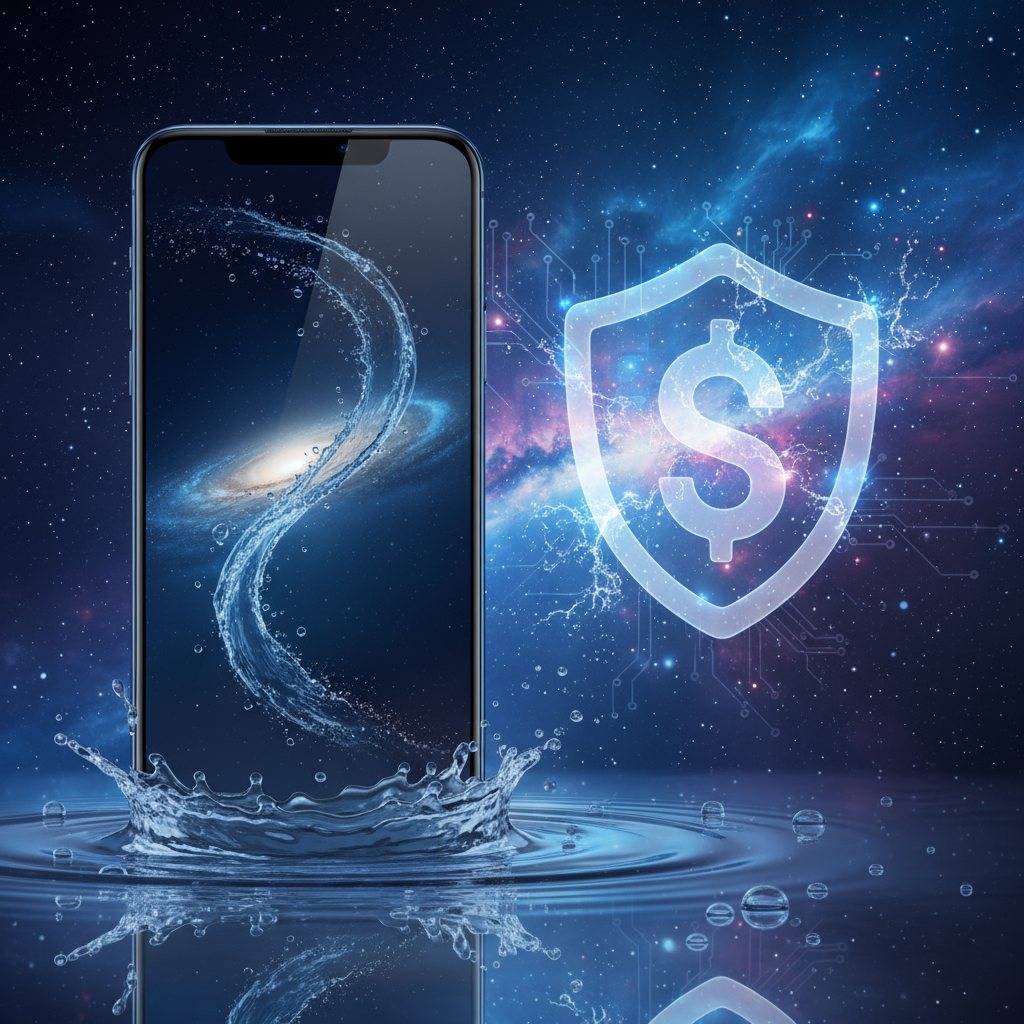Will the Samsung Galaxy S26 Finally Be Waterproof? Diving Deep into Future Durability
The thought of dropping your phone in water is enough to send shivers down any smartphone owner’s spine. For years, Samsung has been a leader in offering robust water resistance in its Galaxy lineup, providing a welcome layer of protection against accidental spills and splashes. But a crucial distinction remains: water *resistant* versus water *proof*. As we look ahead to the potential release of the Samsung Galaxy S26, a compelling question emerges: will Samsung finally make the leap from strong resistance to true waterproofing? Let’s dive in and explore the possibilities.
The Current State of Samsung’s Water Resistance: IP Ratings Explained
Samsung has consistently delivered impressive water resistance ratings across its flagship and even some mid-range devices. Typically, you’ll find an IP68 rating on recent Galaxy S series phones. What exactly does “IP68” mean? The “IP” stands for Ingress Protection, and the two numbers that follow signify different levels of protection.
The first digit, ‘6’, indicates dust resistance. A ‘6’ means the device is completely dust-tight, offering the highest level of protection against solid particles. The second digit, ‘8’, refers to water resistance. An ‘8’ rating signifies that the device can be submerged in water up to 1.5 meters (approximately 5 feet) for up to 30 minutes without harm. This is excellent for accidental dunks in the pool or surviving a sudden downpour. However, it’s crucial to understand that this is *resistance*, not a guarantee against all water damage, especially if submerged longer, deeper, or in high-pressure situations.
The Elusive Dream of True Waterproofing: Why It’s So Difficult
While IP68 is impressive, achieving true “waterproof” status for consumer electronics is a monumental engineering challenge. Here are some of the key hurdles:
- Ports and Openings: Every port – USB-C, speaker grilles, microphone holes, and even the SIM tray – represents a potential entry point for water. Sealing these perfectly without compromising functionality (like sound quality or charging speed) is incredibly complex.
- Pressure and Depth: Water exerts increasing pressure at greater depths. An IP68 rating typically refers to static water at a certain depth. Ocean depths or even strong jets of water can overwhelm typical seals.
- Wear and Tear: Over time, the seals and gaskets designed to keep water out can degrade due to everyday use, temperature fluctuations, and accidental drops. This can compromise the initial water resistance.
- Repairability and Cost: Making a device completely waterproof often involves complex adhesives and sealing techniques that can make repairs more difficult and costly. Manufacturers also need to balance durability with other factors like device thickness and weight.
Given these significant challenges, it’s easy to see why manufacturers, including Samsung, prefer to market their devices as water-resistant rather than waterproof. It manages consumer expectations and aligns with the technical limitations of current technology.
What Could Drive Samsung Towards Waterproofing for the S26?
Despite the difficulties, the tech world is constantly innovating. Several factors could push Samsung to pursue true waterproofing for the Galaxy S26:
- Competitive Advantage: While many flagships offer IP68, true waterproofing (if achievable and widely recognized) would be a significant differentiator in a crowded market. It could attract users who prioritize ultimate durability.
- Advanced Materials and Manufacturing: Ongoing advancements in hydrophobic coatings, self-healing materials, and more robust sealing technologies could make truly impenetrable designs more feasible. Imagine a phone that could withstand extended underwater use for capturing photos and videos without a special case!
- Evolving User Habits: Smartphones are increasingly used in diverse environments, from beach vacations to rainy commutes. As our devices become more integral to every aspect of our lives, the demand for enhanced durability, including superior water protection, will only grow.
- Market Demand and Feature Creep: Consumers always want more. While IP68 is good, the idea of a truly waterproof phone holds a certain allure. If the technology becomes viable for mass production, Samsung may feel pressured to deliver it as part of an overall package of cutting-edge features.
It’s also worth noting that “waterproof” itself could be a spectrum. Perhaps the S26 won’t be suitable for deep-sea diving, but it might achieve a higher IP rating, say IPX9, or a new unofficial standard that implies greater resilience to prolonged submersion or high-pressure jets—effectively blurring the line with true waterproofing.
The Verdict: Expect Enhanced Resistance, Not Absolute Waterproofing (Yet)
While the dream of a truly waterproof Samsung Galaxy S26 is appealing, the most realistic expectation for its release is a continuation and potential enhancement of its already excellent water resistance. Samsung is likely to stick with the tried-and-true IP68 rating or perhaps push the boundaries slightly with a higher depth or duration tolerance within that rating.
True waterproofing, in the universally understood sense (being able to withstand indefinite submersion at various depths and pressures), remains a significant technological leap. It would likely require revolutionary design changes, possibly impacting aesthetics, device thinness, and repairability. For now, Samsung’s focus will likely remain on optimizing its existing IP68 capabilities, making them even more robust and reliable. So, while you can breathe a sigh of relief if your S26 takes an accidental dip, don’t plan on taking it scuba diving without a specialized case just yet. The future of truly waterproof phones is certainly on the horizon, but probably a little further out than the S26.
